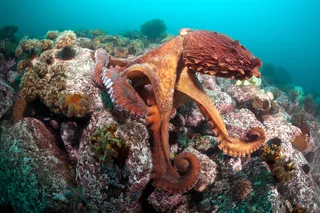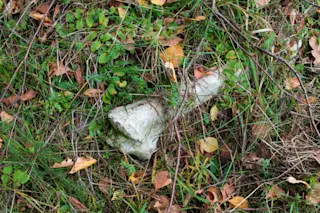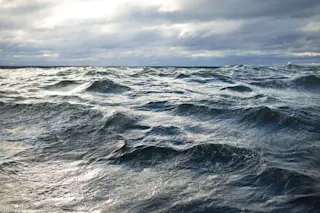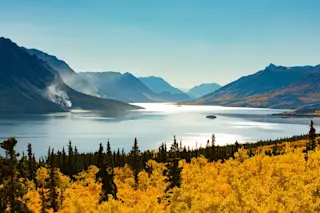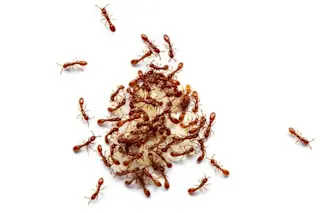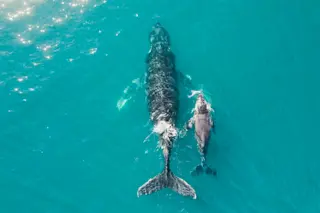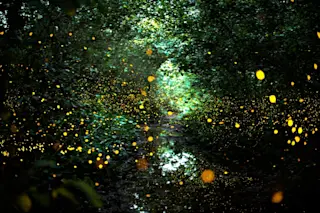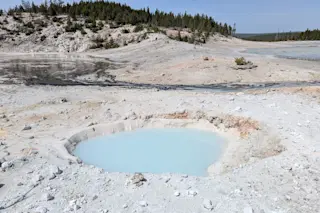The area collectively known as Austronesia covers half the globe. It stretches from South-East Asia and Taiwan, across New Guinea and New Zealand, to the hundreds of small islands dotted around the Pacific. Today, it is home to about 400 million people.
They are the descendants of early humans who spread throughout the Pacific in prehistoric times. These forebears are long dead but they left several unexpectedly important legacies that are evident in their modern descendants. The languages they used evolved and splintered into over 1,200 tongues spoken by modern Austronesians. The bacteria in their bodies did the same, giving rise to distinct strains in different parts of the region.
Two new studies have used these very different hitchhikers - one cultural and one biological - to piece together the routes of this ancient mass migration. And they have come to the same general conclusion.
The Austronesian people originated in ...



